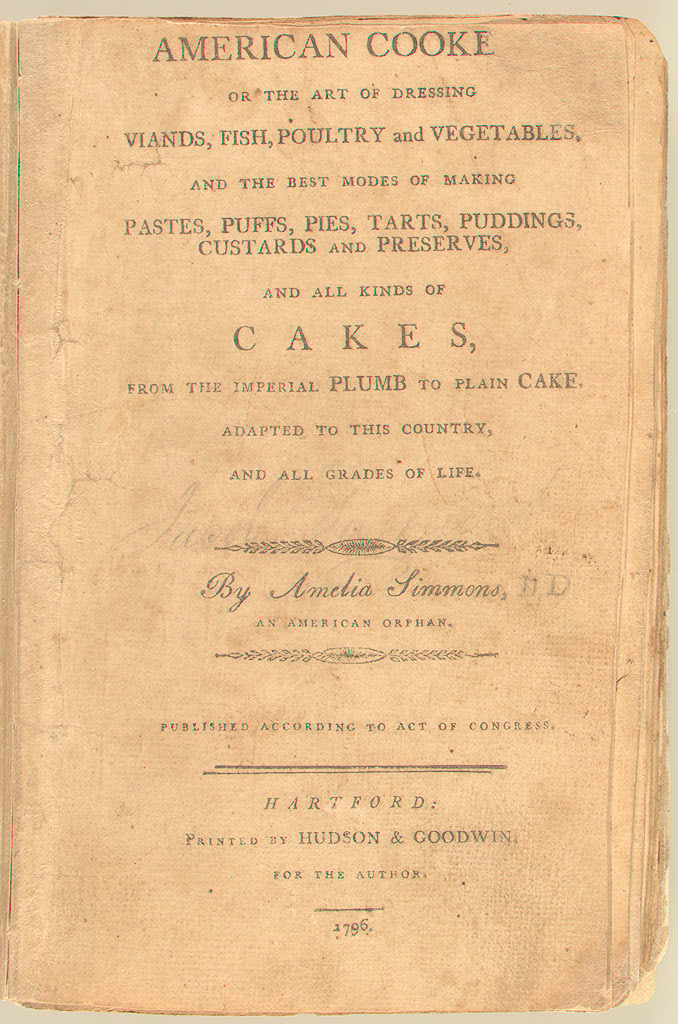Everyone has waited in a long line — for burgers, Broadway tickets, Black Friday sales… But few us have the notorious queuing resilience of the Soviets. “When the first McDonald’s arrived in Moscow in 1990, the city went mad,” Boris Egorov writes at Russia Beyond. “Thousands of Muscovites flocked to the new burger joint, forming lines several kilometers long in the center of Moscow on Pushkinskaya Square.” On its first day, the restaurant obliterated the previous record for most McDonald’s customers (9,100 in Budapest), serving over 30,000 people, a testament to the fortitude of the employees. The CBC news segment on the opening above quotes a line from Pushkin to set the scene: “a feast in a time of plague.”
Stereotypes of fast food workers as lacking in skill and ambition did not find purchase here. “The first workers,” Egorov notes, “were the crème de la crème of Soviet youth: students from prestigious universities who could speak foreign languages with brilliant customer service skills.” Their cheerfulness so unnerved some customers that they were asked to tone it down for Russians “accustomed to rude, boorish service.”
Customers seemed less awed by the iconography than the “simple sight of polite shop workers,” wrote an American journalist. The restaurant, once a tourist attraction, notes travel site Bridge to Moscow, had “more than 700 seats inside and 200 outside,” and was once the largest McDonald’s in the world.
The Moscow McDonald’s represented more for Russians than an American novelty. Original customer Ksenia Oskina had never heard of McDonald’s before she visited. She later saved her Big Mac box. “I used that Big Mac box for a long time and put my sandwich in there instead of a lunchbox,” she tells The Washington Post. “I’d clean it, dry it on the heater and then use it again.” It wasn’t about brand recognition for many who dutifully lined up to pay half a day’s wages for a couple “thin slabs of meat and sliced vegetables between buns of bread.” (Sorry… “two all-beef patties, special sauce, lettuce, cheese, and a sesame seed bun…..”)
What did Soviet Russians, who had not been raised to sing fast food advertising jingles, see in the new restaurant? Capitalism’s promises of abundance. One Soviet journalist wrote of McDonald’s as “the expression of America’s rationalism and pragmatism toward food.” Just months afterward, the first Pizza Hut arrived. As the Soviet Union dissolved less than two years later, the country saw the creation of more desire for high-calorie, ultra-processed foods with Western-style TV ads: most famously a Pizza Hut spot from 1997 featuring the U.S.S.R.’s last premier, Mikhail Gorbachev. (“Because of him, we have Pizza Hut!”)
The politics may have mattered little to the average Muscovite McDonald’s customer in 1990. “Visiting the restaurant was less a political statement than an opportunity to enjoy a small pleasure in a country still reeling from disastrous economic problems and internal political turmoil,” notes History.com. Large, seemingly abstract problems had tangible effects: the empty grocery stores for which the failing empire became famous.
The Moscow McDonald’s was a colorful oasis for its first customers, who had no sentimental associations with burgers and fries. Now, those tastes are nostalgic. “I love it,” said Oskina thirty years later. “For some reason in America, it’s not as tasty as it is here.” Insert your own dated Yakov Smirnoff reference.
Related Content:
Josh Jones is a writer and musician based in Durham, NC. Follow him at @jdmagness





